What Are Crossed Boards (X-out PCB)?
Crossed boards, or "X-out PCBs," are defective units in PCB panels marked to indicate they shouldn't be used. Managing them improves cost, quality, and efficiency.
In the competitive and highly interlinked area of PCB manufacturing, efficiency and quality are the issues that determine their survival. Among the main strategies adopted for production, the most vital one is the process of panelization, whereby multiple circuit boards are placed in a bigger panel. This process improves production efficiency, minimizes material waste, and optimizes cost. However, even in this apparently well-structured process, issues such as crossed boards, or "X-out PCBs," arise, which have a bearing on product quality, costs, and delivery timescales. In this paper, we analyze what crossed boards are, their causes, effects, and how they can be controlled. Crossed boards or X-out PCBs are defective circuit boards within the panel production that are marked with an "X" to show unfitness for use. These defects can occur during various stages of production, such as cutting or assembly, and generally include electrical short circuits, broken traces, or damaged pads. The causes of these defects range from malfunctioning equipment and improper handling to human error. In this case, marking these boards instead of discarding the whole panel allows the manufacturer to effectively handle defects, thus optimizing resource utilization and cost-effectiveness.
Marking with an "X"
That marks the choice among defective boards, and not scraping entirely in panels requires some cost-benefit analyses. Suppose one out of the ten PCBs comprising one panel has some defects. For manufacturers, losing an entire panel due to the scrapping increases production cost as well as heightened levels of wastages. The marks on the boards will let producers sustain outputs and overcome this problem area more economically by acknowledging defects are somewhat embedded features in every type of production cycle. Furthermore, it ensures that only fully functional boards move to the assembly stage, ensuring quality of the finished product.
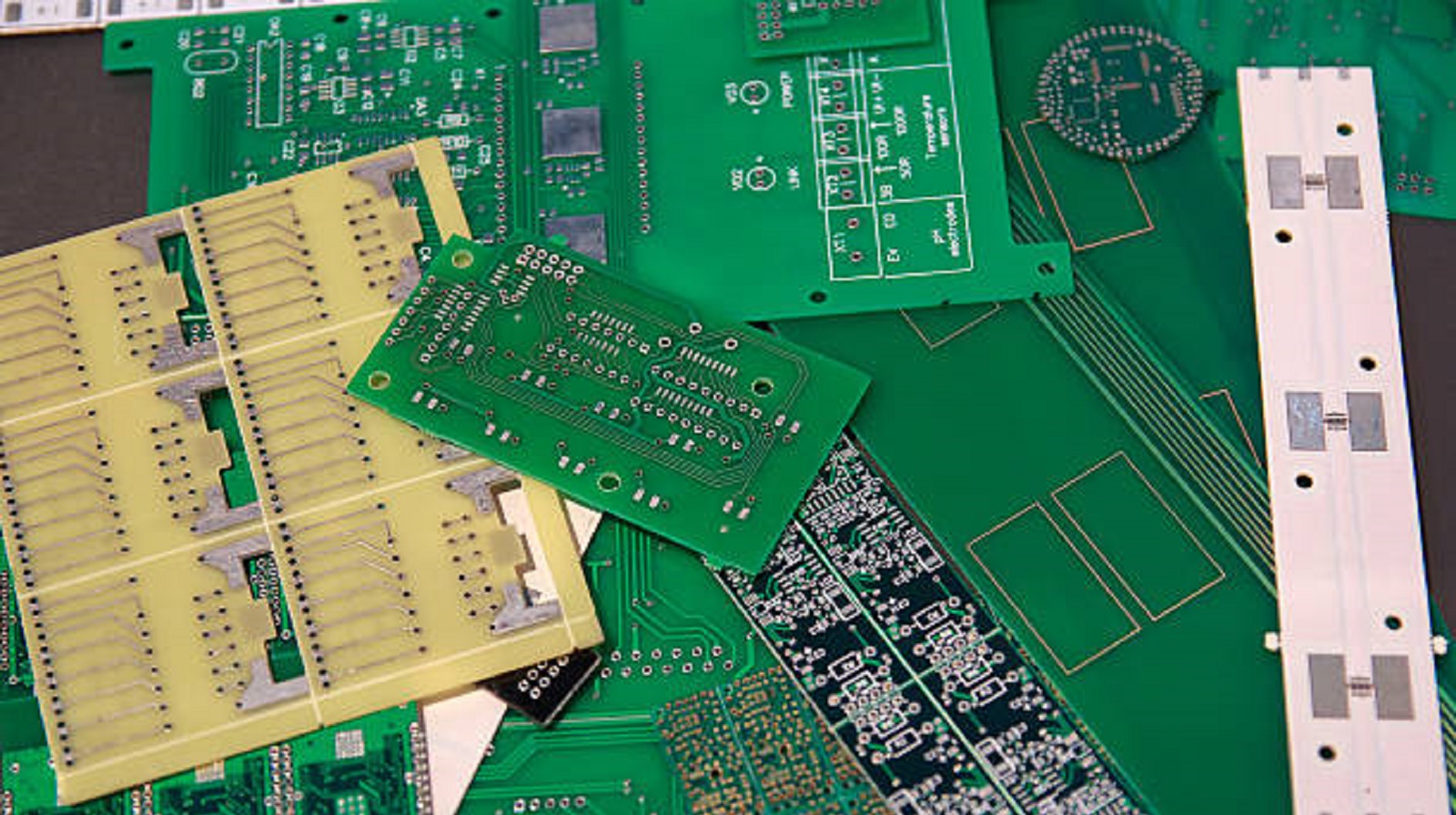
Crossed Boards Management
The management of crossed boards may be different from manufacturer to manufacturer and is based on production standards, customer agreements, and project-specific requirements, such as the following:
Not Accepting Crossed Boards
Cost of Production: When manufacturers face refusals due to crossed boards, reprocessing and equipment used add costs. Such may be transferred to customers in a trickle-down mechanism to keep profit margins rational. In cases of high incidence of crossing due to board failure mechanisms, a need exists to provide stringent quality to all outgoing products at their manufacturing sources.
Accepting Crossed Boards
Prototyping Phase: It could allow for a higher number of crossed boards during prototype development, as in most prototype builds, the key requirement is design and functionality validation and not cosmetic perfection.
Small to Medium Batch Production: For small batch lots, up to a percentage of panels can include crossed boards. Example: Maximum 5 Crossed Boards in case of over 20 board panels or maximum defect ratio-10% and so on.
Effects of Crossed Boards
Crossed boards can significantly affect several factors in the production of PCBs:
Production Costs: Managing crossed boards often requires reworking or discarding defective units, increasing costs. The additional costs of making up for the order quantity are usually passed on to the customer, thus affecting the cost structure.
Delivery Schedules: Crossed boards may lead to a delay because the manufacturing timeline is extended as the concern for rework or replacement is accommodated. Timely delivery is always crucial to satisfying customers, and defects will make that impossible on time.
Quality of Product: Defective boards negatively affect electrical and mechanical reliability, which is very important in high frequency and high-precision applications. Even minor defects may critically undermine the performance of the final product; therefore, efficient defect management is vital to guarantee quality.
Controlling the Proportion of Crossed Boards
The following strategic measures will be necessary for control of the proportion of crossed boards:
Improved Panel Design: A well-designed panel helps to minimize any chances of misalignment or damages during production and thus maximizes yield while reducing defects.
Improvement in the Manufacturing Process: The accuracy in manufacturing at the time of cuttings, drilling, and routine equipment calibration and maintenance plays an important role in reducing defects.
Quality Standards: Apply stringency to quality control standards according to the production scale to handle the defect rate with better quality and productivity.
Employee Training: Training people on various fronts in order to lessen the occurrence of human errors and get them acquainted with machinery operations, quality standard operating procedures for better quality end-products.
Our commitment at PCBX involves providing cost-effective panel designs at minimal extra cost without compromising the quality of your product. Well-experienced in developing and delivering optimal panelization to match customers' actual production requirements with a cost-effective concept, cost savings do not involve any compromise in the quality.
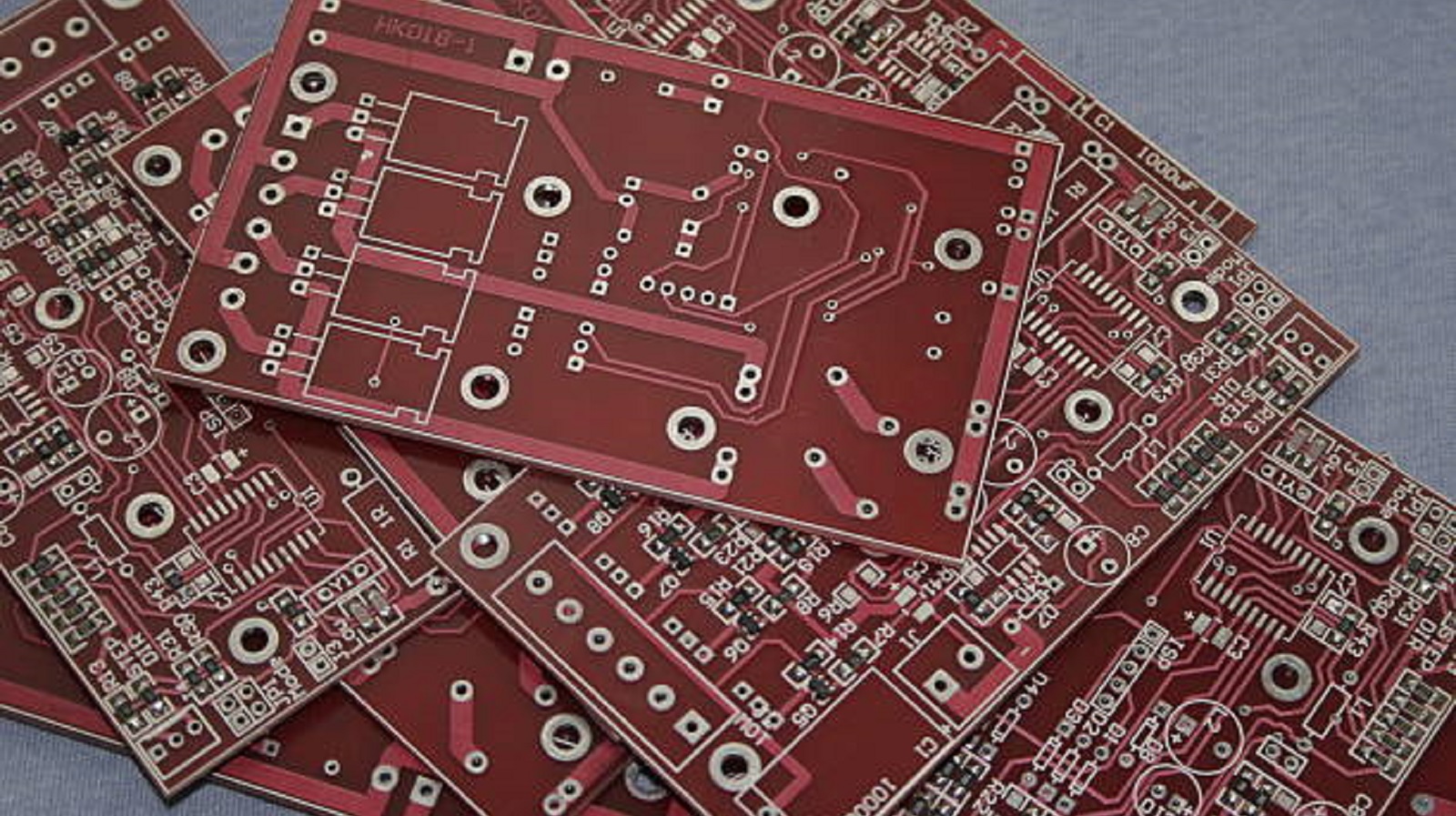
Crossed boards are indeed an intrinsic problem in PCB manufacturing, but the effect of the problem on cost, delivery schedules, and quality can be minimized by intelligent design and operational strategies. The implementation of strategic manufacturing practices, combined with robust quality management processes, helps a manufacturer like PCBX ensure state-of-the-art products without compromising on production efficiency.
From the customers' viewpoint, acceptance of some percentage of cross boards is related to job-specific requirements or criticality of application. The economic prudence of allowing some percentage of defectives is, of course, all the more valid in cases where either less-sensitive applications or limited production runs are involved, whereby savings would justify compromising quality. All this flexibility enables a customer to customize their orders of PCBs by pitting their technical needs against their financial possibilities, which will further smoothen the manufacturer-client relationship.
Hot Tags:
Contact us

If you can't find what you're looking for, please contact us.
Article
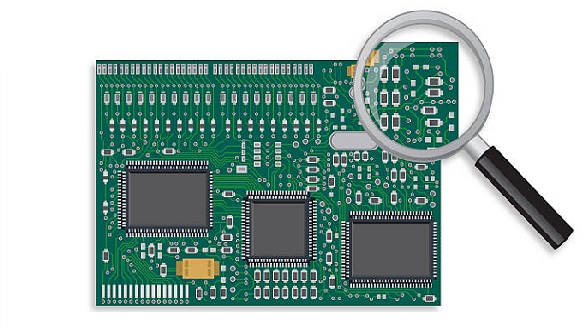
Routine inspections and proper maintenance of capacitors and resistors in PCBs reduce failures, prolong device lifespan, and lower maintenance costs.
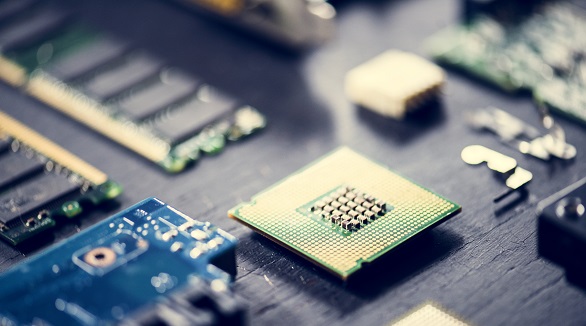
BGA rework is complex, requiring skilled training, quality tools, precise thermal control, and thorough inspections to prevent costly errors and improve PCB assembly efficiency.
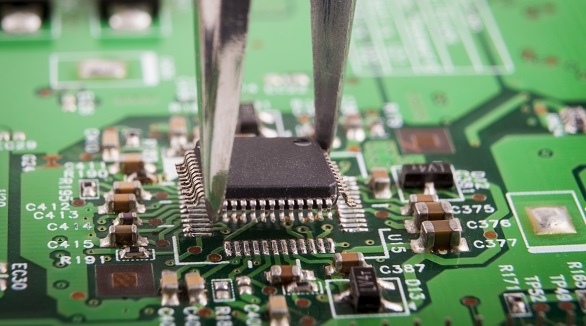
Still, SMT can further feature defects such as solder bridging, cold solder joints, tombstoning, and solder balling. Grasping the very common faults and their solutions is the key toward effective PCB assembly and reducing SMT errors—very much in line with the trend toward PCB miniaturization and higher component density.